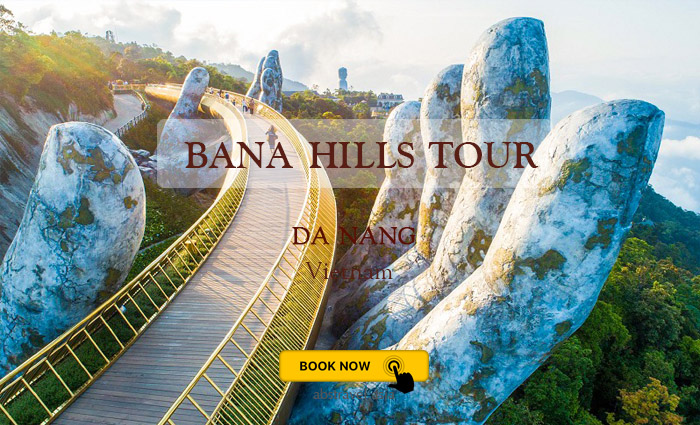Dong Phong Nha Ke Bang Vietnam
The forerunner of Phong Nha - Ke Bang National Park was the Phong Nha Natural Reserve formed in 1992. The Phong Nha Natural Reserve was one largest special use forest with an area of 41,123 ha. Then Phong Nha - Kẻ Bàng National Park was established under the Decision No 189/2001/QD-TTg dated December 12, 2001 by the Prime Minister. The National Park was be inscription on the World Heritage List at the meeting 27th of the World Heritage Committee - UNESCO in Paris frome June 30th to July 5th 2003 on Criterion (viii) (former Criterion (i)- Earth's history, record of life, landform processes and features).

Phong Nha – Ke Bang National Park is located in the middle of the Annamite Mountain Range, 40km from Dong Hoi city, 500 km from Hanoi Capital, and close to the Vietnam - Laos border to the west. Phong Nha - Ke Bang shares its boundary with Hin Namno Nature Reserve, PRD Laos to the west, Minhhoa district to the north, Botrach district to the east, and Quang ninh district to the south. Geographical coordinates : N 17021’12” to 17039’44”, E 105057’53” to 106024’19”.The area of the National Park is 85.754 ha. The site is devided into 03 functional regions: the strictly protected region: 64.984 ha, the ecological rehabilitation areas: 17.449 ha, the administration service areas: 3.4114 ha.
Phong Nha - Ke Bang is a central biodiversity of Greater Annamites Eco-region, which has been identified as one of two hundred biodiversity centers in the World (WWF, 2000). In addition, Phong Nha - Ke Bang have been identified as two of more than sixty Important Bird Area of Vietnam by BirdLife International (2005).
Temperature: The annual mean temperature is 23 - 25 degree celsius. The highest temperature is in June, July and August, with mean temperature greater than 28 degree celsius. Daily variation in temperature is high, about 10 degree celsius in summer and 8 degree celsius in winter.
Rainfall: Phong Nha - Ke Bang is situated in region of the high rainfall with an average of 2,000 mm to 2,500 mm per year. The highest rainfall is concentrated in September, October and November. The rainy season is from July to December . The dry season is from January to June and the lowest rainfall is in February and March.
Humidity: Mean annual relative humidity is 83 - 84%. In the period September to April, humidity is highest (85-90%). The period of May to August experiences hot and dry northwesterly winds, so that humidity is lower.
Wind: The northeasterly winds and sometimes the easterly or southeasterly winds appeared in the winter . In the summer a southwesterly wind is common, which sometimes changes to a hot and dry northwesterly wind, in June, July, and August. The period from September to April, the easterly and southeasterly winds sometimes come from the sea.
Hydrology: The flooding season takes place from September to November, with the largest floods appearing in the middle of September and October. Besides the main rainy and flooding season, rains in May and June sometime cause large floods. In the dry season, from February to August, almost all the streams in Phong Nha - Ke Bang become “ dead streams”. The water level in the Chay and Son Rivers is very low at this time.
Topography: The endogenous and exogenous geological processes, which have occurred from Triassic up to now, have created the diverse topography and geomorphology of the area: non-karst landforms, transitional landforms and Karst landforms. Karst landforms is characterized old tropical karst formed mainly in the Cenozoic, constituting 2/3 the area of the site.
Geological and cave system development process: The geological structure here expresses the diversity and long development history of the earth's crust. The earth's crust has undergone several main development stages (from the Ordovician period up to now) with 5 tectonic megacycles corresponding with the 5 geological evolution stages of the world.
Vegetation : The National Park is 93.57% covered by forest, of which primary forest covers 83.74% . The site one of the highest percentage forest coverage in Vietnam. The Park contains the diversity of ecosystems such as land mountainous ecosystem, karst ecosystem, river ecosystem. Vegetations and habitats have been developed for long time in those ecosystems. So that there are eleven vegetation types and subtypes in Phong Nha - Ke Bang area
Biodiversity: Phong Nha - Ke has global significance for biodiversity conservation. Based on the Scientific Reports, to date 2,651 vascular plant species, 735 vertebrate animal species, 369 insect species have been recorded in Phong Nha - Ke Bang. Among of which 116 plant and 129 animal species are listed in the Vietnam Red Data Book and the IUCN Red List.
Nine of 21 primate species in Vietnam are recorded in Phong Nha - Ke Bang. Three primate species are endemic to the Annamite Mountain Range these are Hatinh Langur (endemic species in Phong Nha – Ke Bang, Red-shanked Douc Langur and White-cheeked Gibbon The Hatinh langur is a restricted range species. 46 of 107 bat species in Vietnam have been recorded in Phong Nha - Ke Bang. 419 plant species (including 28 orchid species) and 41 animal species are endemic to Vietnam. The scientists have been discovered 1 plant, 1 bird, 6 retile, 1 amphibian, 12 fish and 2 butterfly species described as new species to science during 10 years of researching.




















0 Comments